Market Analysis
In-depth Analysis of Azelaic Acid Market Industry Landscape
The market dynamics of the azelaic acid market are shaped by a combination of factors that influence its supply, demand, and pricing. Azelaic acid, a saturated dicarboxylic acid, finds applications across various industries, including pharmaceuticals, skincare, and agriculture. One of the key drivers impacting the market dynamics is the growing demand for azelaic acid in the skincare industry. Azelaic acid is widely used in skincare products for its effectiveness in treating acne, rosacea, and hyperpigmentation. As consumer awareness about skincare and dermatological conditions increases, the demand for products containing azelaic acid rises, driving market growth.
Supply-side factors play a significant role in the market dynamics of azelaic acid. The production of azelaic acid involves chemical synthesis methods, and the availability of raw materials, such as oleic acid or petrochemical derivatives, influences the production capacity and supply levels. Factors like technological advancements in manufacturing processes and the efficiency of production methods also impact supply dynamics. Additionally, the presence of key manufacturers and their production capacities influence market dynamics, with expansions or disruptions affecting supply volumes and pricing.
Global trade patterns and regulatory frameworks contribute to the complexity of azelaic acid market dynamics. Many countries rely on imports to meet their demand for azelaic acid, leading to fluctuations in prices and supply chains. Trade policies, tariffs, and regulations regarding the import and export of chemicals influence market dynamics by affecting supply levels and pricing structures. Moreover, regulatory measures related to product quality, safety standards, and environmental regulations impact the production, distribution, and usage of azelaic acid, influencing market dynamics and pricing strategies.
The pricing dynamics of azelaic acid are influenced by various factors, including raw material costs, production costs, and market competition. Fluctuations in the prices of raw materials, such as oleic acid or petrochemical derivatives, directly impact the production costs of azelaic acid, influencing pricing dynamics. Energy prices and transportation costs also contribute to production expenses, affecting pricing strategies adopted by manufacturers. Market competition among suppliers and manufacturers further influences pricing dynamics, with companies adjusting their pricing strategies to gain market share or maintain profitability.
Demand-side factors, such as changing consumer preferences and trends in end-user industries, shape the market dynamics of azelaic acid. In the skincare industry, the demand for products containing azelaic acid is influenced by factors like consumer awareness about skincare ingredients, preferences for natural or organic products, and efficacy in treating various skin conditions. Moreover, trends in pharmaceuticals and agriculture also impact the demand for azelaic acid, with applications ranging from pharmaceutical formulations to agricultural chemicals.
Market dynamics in the azelaic acid sector are also influenced by cyclical trends and seasonal variations. In the skincare industry, for example, the demand for products containing azelaic acid may vary seasonally, with higher demand during certain times of the year, such as the summer months when skincare concerns like acne and hyperpigmentation are more prevalent. Moreover, economic factors, global crises, and shifts in consumer behavior can affect the overall demand for azelaic acid, leading to fluctuations in market dynamics and pricing structures.


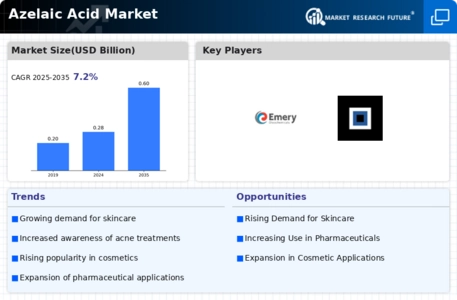
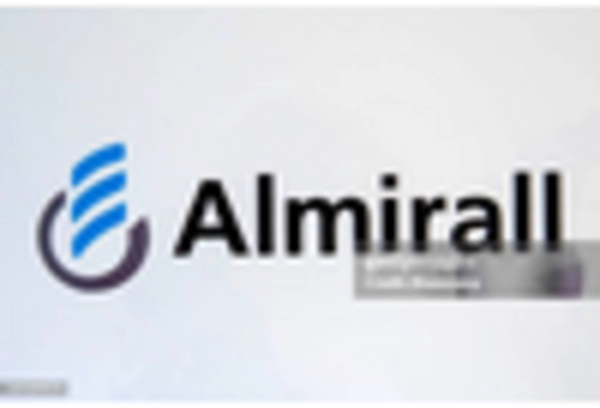

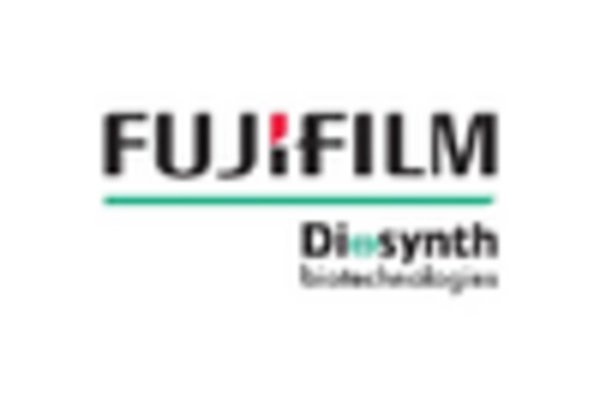
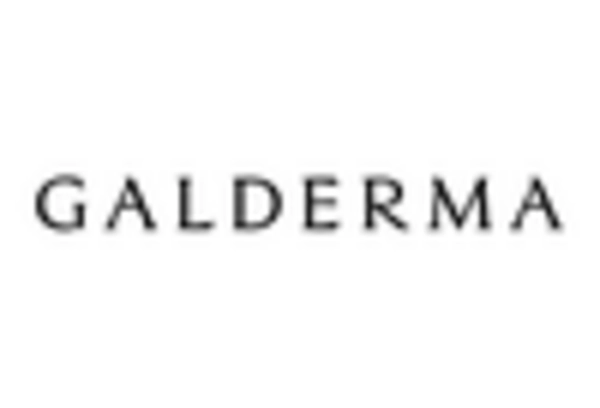
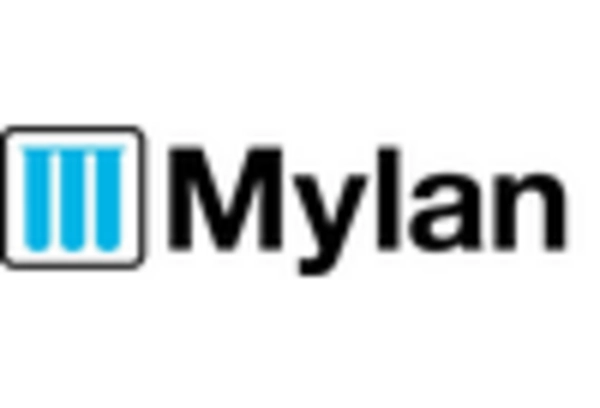
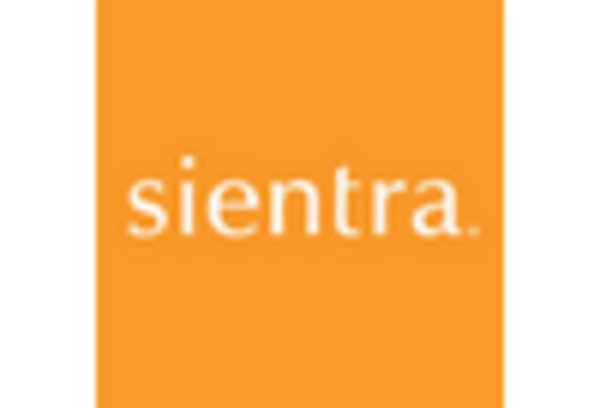









Leave a Comment